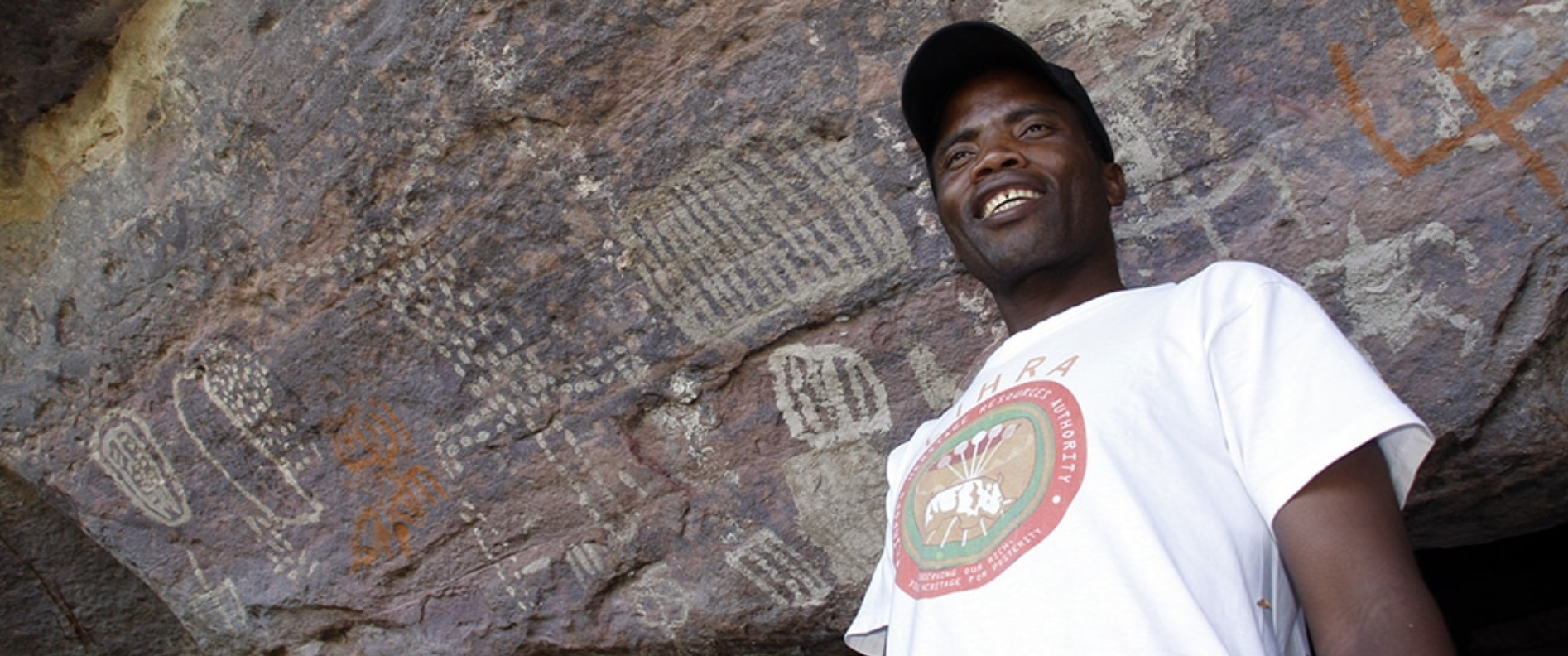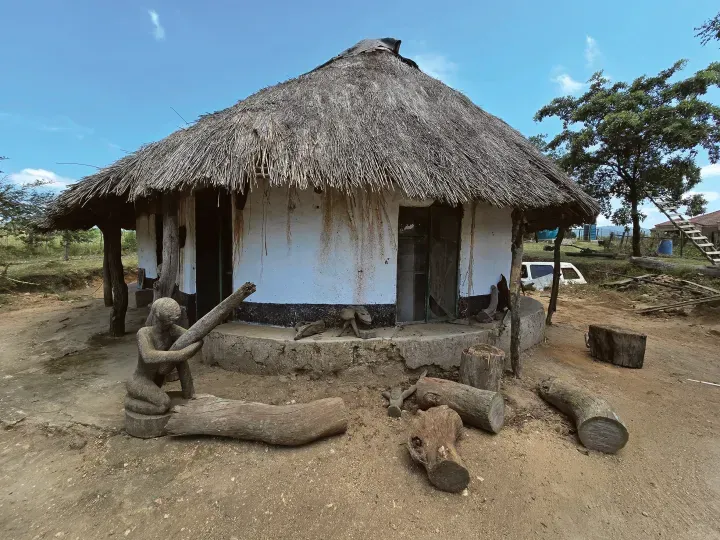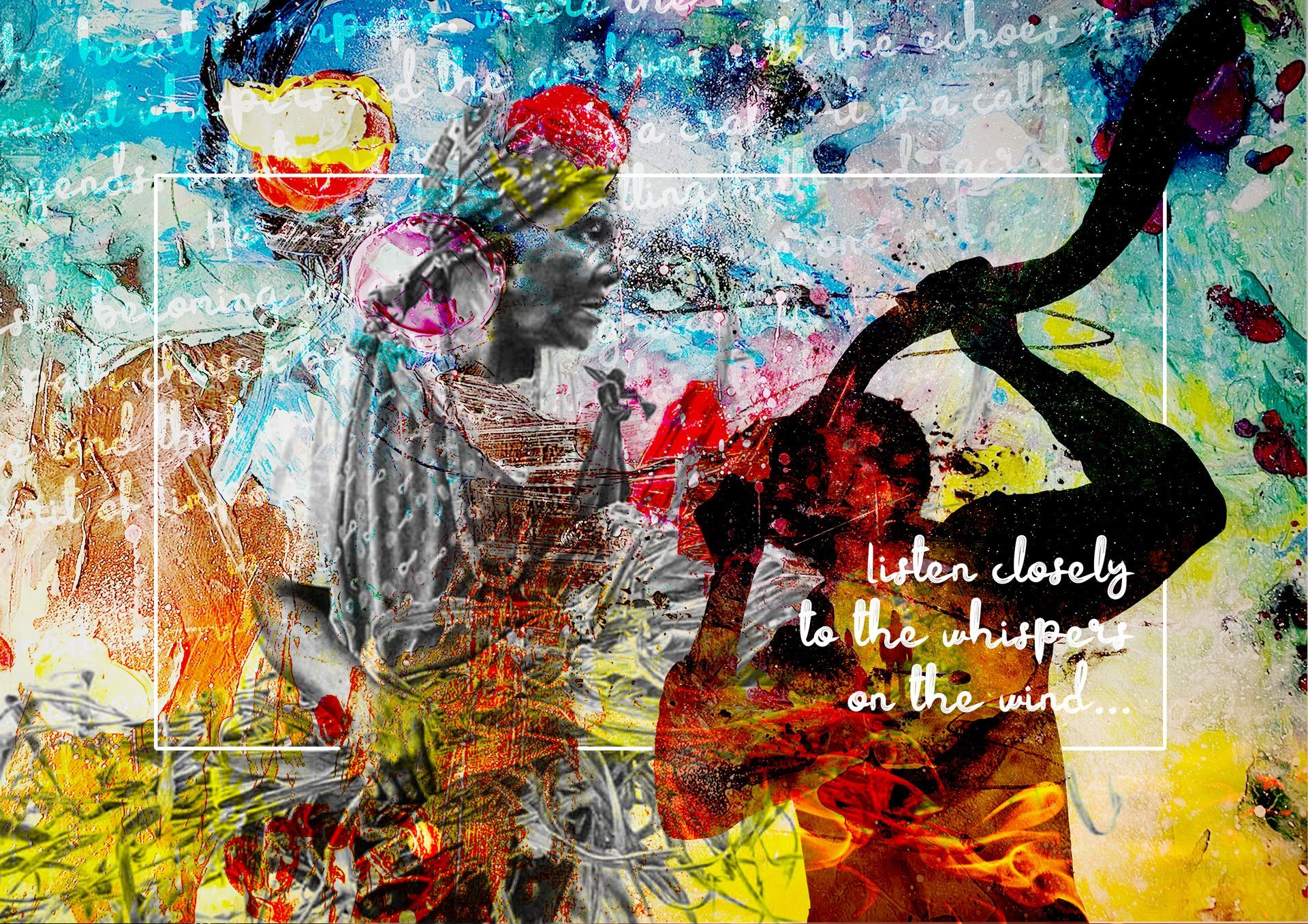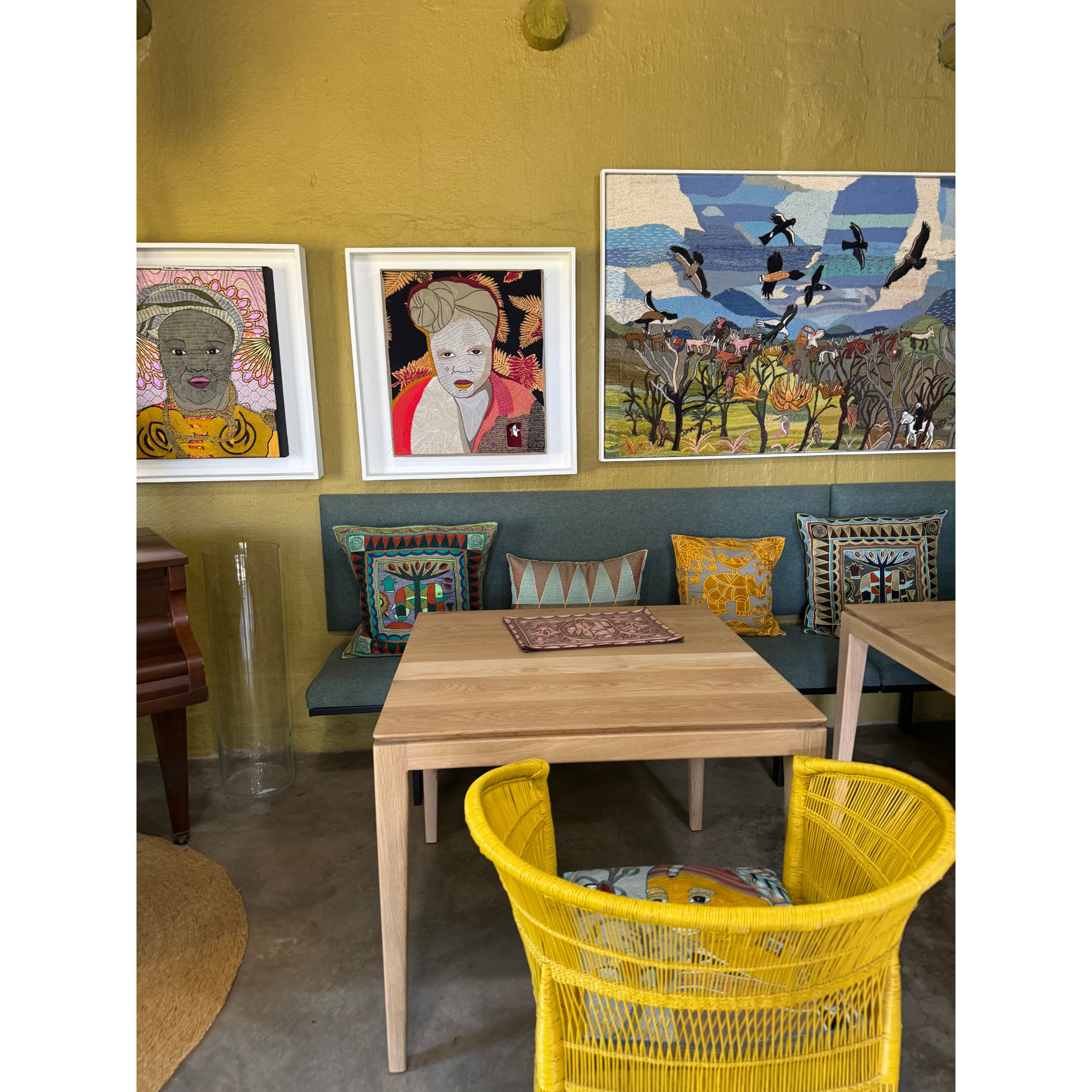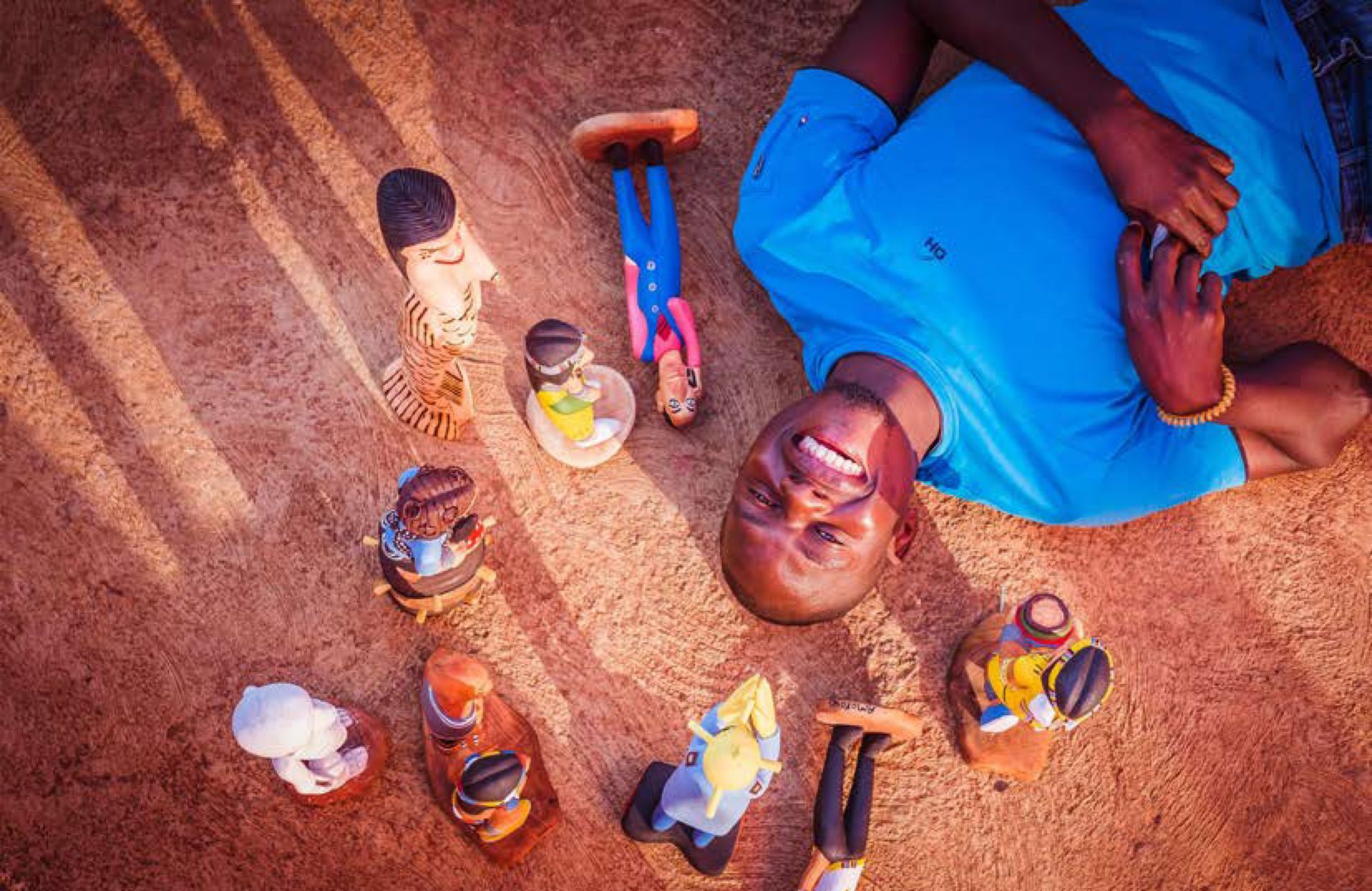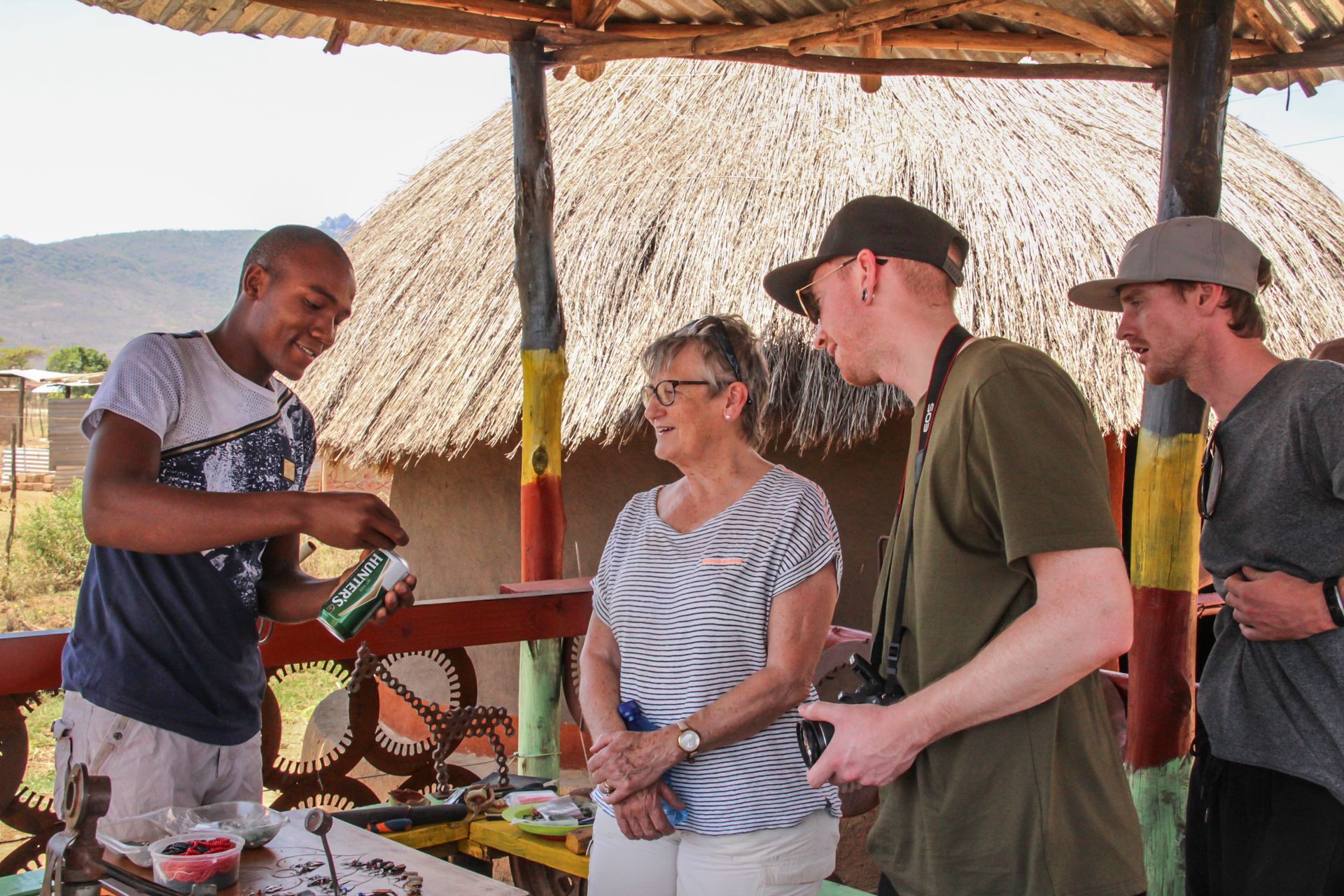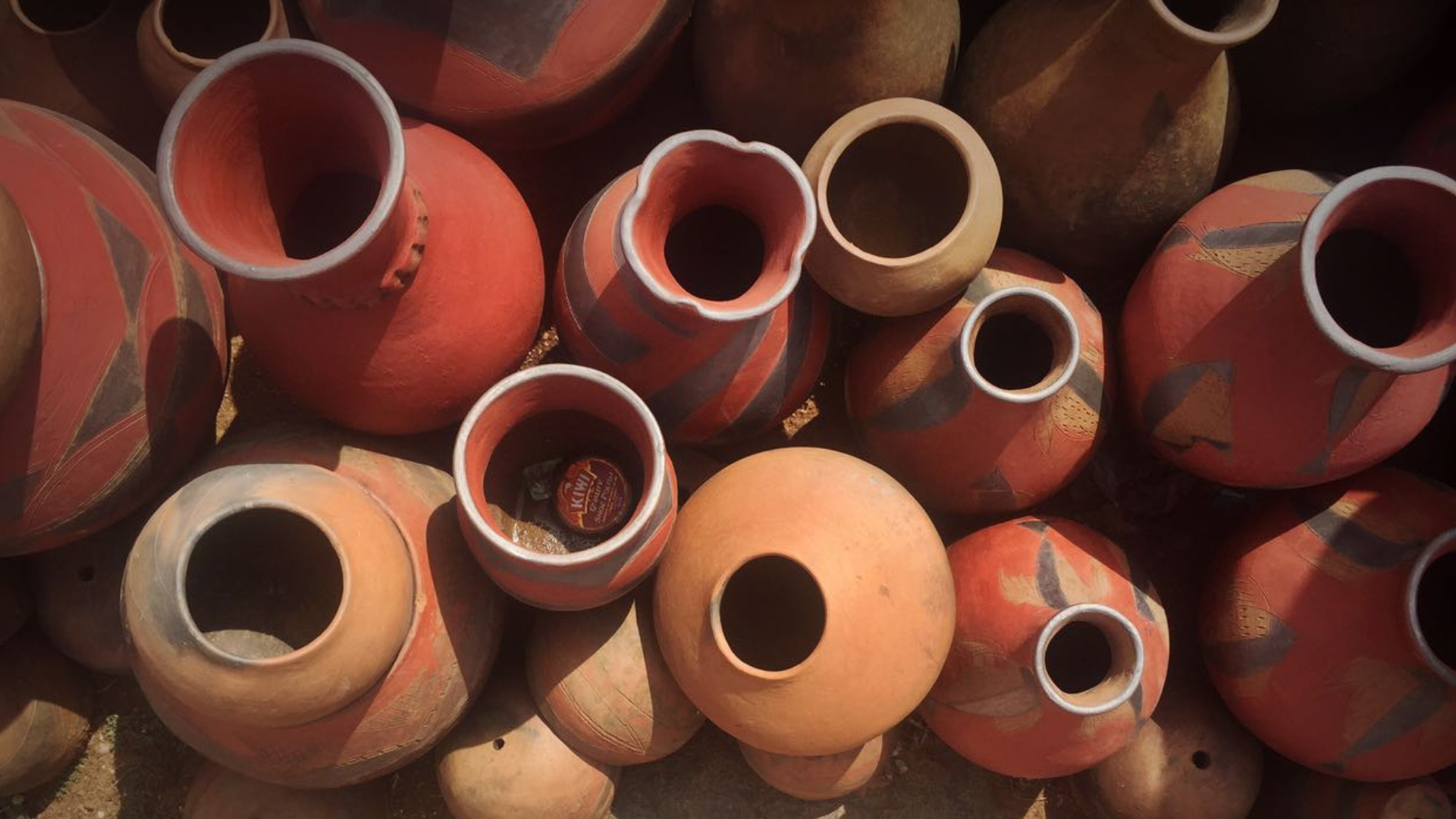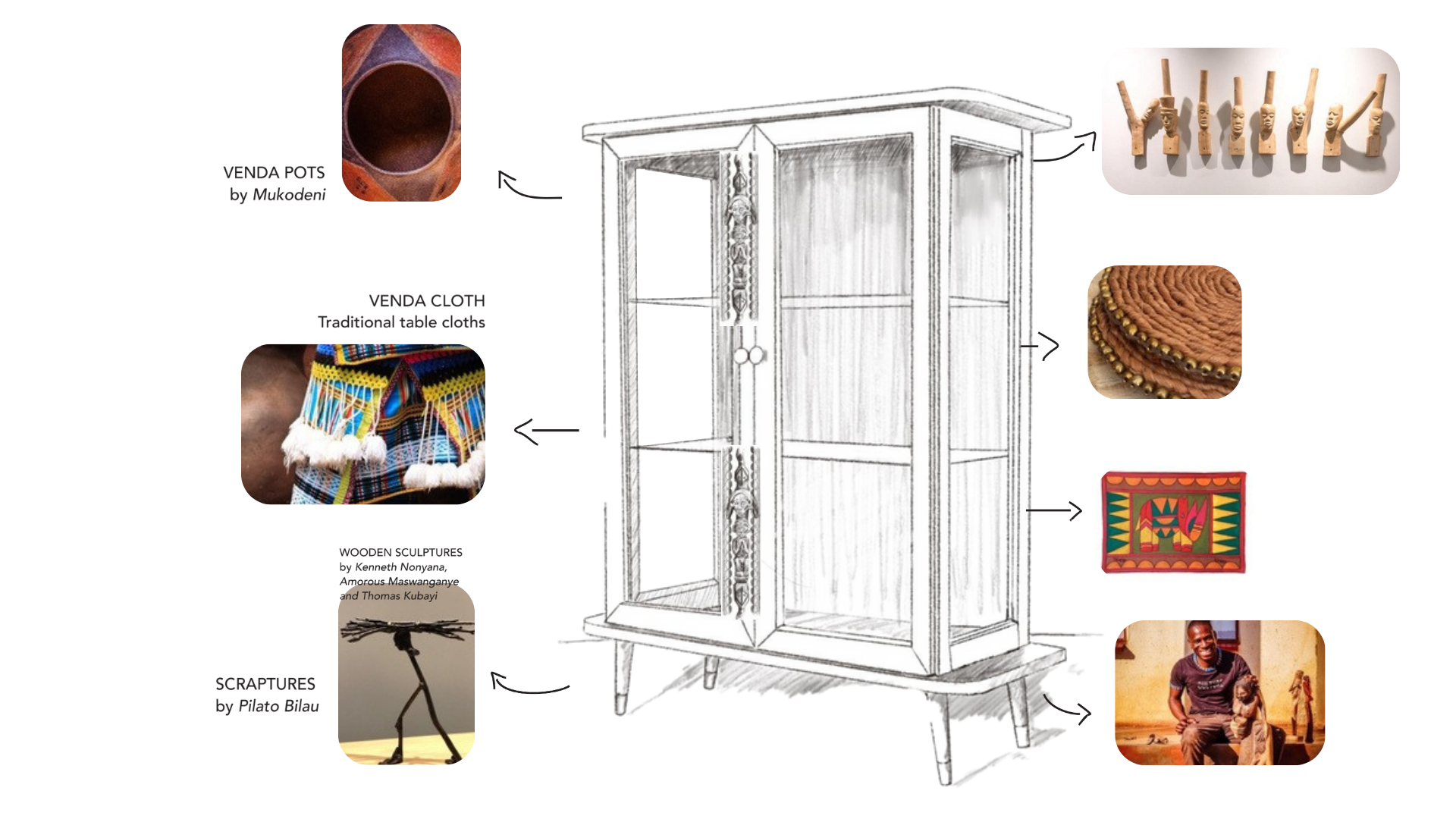Thomas Kubayi - the Wood Whisperer
The Wood Whisperer of Limpopo
By Love Limpopo
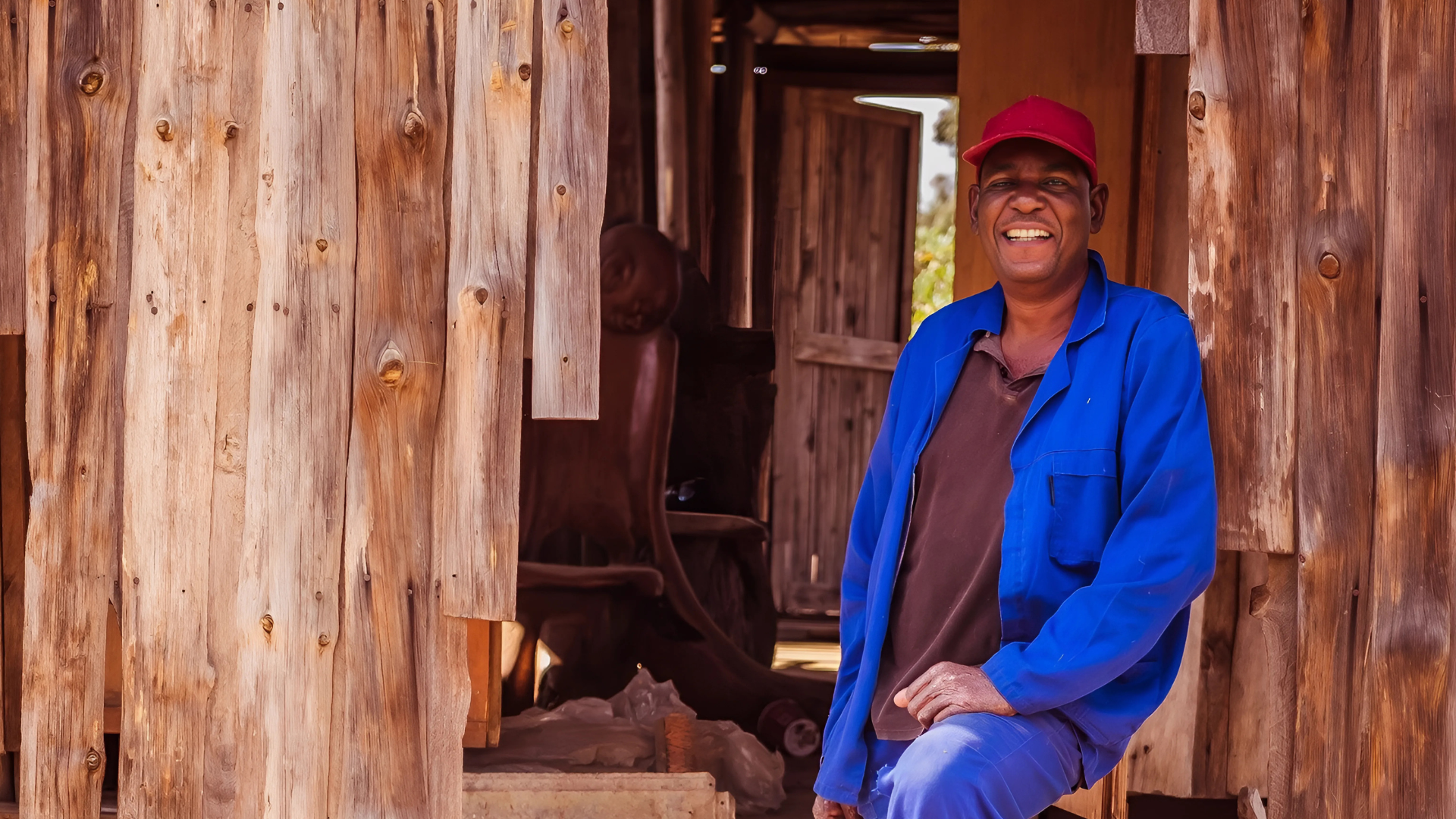
Thomas Mafemani Kubayi listens intently - not to words, but to wood. Each grain, each knot, each weight tells him a story, whispering its secrets through texture and tone. For him, carving is not just an act of creation, but a process of revelation.
"It comes from your heart—you can’t explain it," he says. "When I create a sculpture, I am writing a song, not in music, but with my hands."
For Thomas, each piece of wood has a unique voice. Teak, he explains, resonates with deep echoes, much like a drum, while the dense, slow-growing Leadwood produces a tighter, more controlled sound. It’s this ability to listen - to truly understand his materials - that sets him apart.
A Legacy in Wood and Wisdom
More than just an artist, Thomas is a mentor, a father figure to the next generation of sculptors. His passion for passing on knowledge led him to establish the Vutsila School for the Arts, where he nurtures young creatives, teaching them not only the technical skills of sculpture but the philosophy of the craft.
His own journey began early. Born in 1972, he was inspired by his father, a skilled carver who created functional pieces with quiet precision. By the age of 11, Thomas had already picked up the tools of the trade, shaping small wooden figures that captured the essence of life around him. It wasn’t long before he realised that his hands held something special - a gift that needed to be shared.
His breakthrough came in 1989 when he started selling his work after being mentored by legendary Limpopo artists Jackson Hlungwani and John Baloyi. These encounters deepened his understanding of wood as a medium for storytelling, spiritual connection, and cultural preservation.
The Sound of the Trees
For Thomas, carving is more than sculpting; it is a dialogue between artist and material. He speaks of wood as though it were alive, describing its weight, its scent, and - most fascinatingly - its sound.
"Different types of wood sing differently," he once told the Safari Sourceress, with the quiet wisdom of a man who has spent a lifetime listening. His fascination with the way density affects sound is palpable, revealing a craftsman who doesn’t just shape wood - he understands it on a profound level.
He coaxes each timber’s voice to the surface, cutting away the excess until the story emerges. It’s an intuitive process, one that can’t be rushed or forced. "You have to let the wood tell you what it wants to be," he says.
An Experience Unlike Any Other
For those seeking a deeper connection to the spirit of Limpopo’s art, visiting Thomas’s home studio is a journey worth taking. Here, amidst the scent of freshly carved wood, one can witness the delicate dance of hand and chisel, the rhythm of creation unfolding in real time.
The Ribola Art Route, where Thomas and some of his students are based, is a treasure trove of creativity—a place where tradition and innovation merge, and where art is not just something to be admired but something to be experienced.
Visitors often leave not just with a piece of sculpture, but with a story, an understanding, and a renewed appreciation for the artistry hidden in nature itself.
Who is Thomas Kubayi and what is he known for?
Thomas Kubayi is an internationally acclaimed South African artist renowned for his exceptional woodcarving skills.
He is known for his deep connection to his materials, often described as "listening to the wood" to understand its potential. He cuts away what is not essential to let the story emerge.
Kubayi's work reflects traditional Tsonga culture and contemporary artistic expression
Where does Thomas Kubayi create his art?
Thomas Kubayi creates his art in his home-gallery at Tshivhuyuani, a village near Elim in Northern Limpopo, South Africa.
His surroundings provide a serene and inspiring environment that has been important for Kubayi's artistic creation, allowing him to stay connected to his cultural roots while producing internationally recognised artwork.
How has Thomas Kubayi contributed to preserving South African artistic traditions?
Kubayi has made significant contributions to preserving South African artistic traditions through his work as both an artist and a teacher.
He has taught hundreds of youth and adults the art of traditional woodcarving, music, painting and furniture-making ensuring the continuity of these techniques in the next generation.
Additionally, Kubayi supports a women's cooperative in mat weaving and traditional food preparation, demonstrating his commitment to holistic cultural preservation.
What challenges has Thomas Kubayi faced in his artistic career?
Like many artists, Thomas Kubayi has faced significant challenges, particularly during the COVID-19 pandemic. The pandemic severely impacted his ability to sell his art, as he relies heavily on international collectors who visit his gallery.
In response, Kubayi has adapted by creating smaller pieces that are easier to transport, showcasing his resilience and business sense in the face of adversity.
His traditional clay and thatch gallery has succumbed to the extreme weather moving through the area and he is starting to rebuild it in a new form.
How does Thomas Kubayi's work reflect the intersection of traditional and contemporary African art?
Kubayi's work exemplifies the integration of traditional African aesthetics with modern art forms.
His sculptures serve as a bridge between the past and present, capturing the essence of his community's stories and values while also pushing the boundaries of contemporary African art.
This unique blend has contributed to his recognition both locally and internationally, positioning him as a significant figure in the evolving landscape of South African art.
